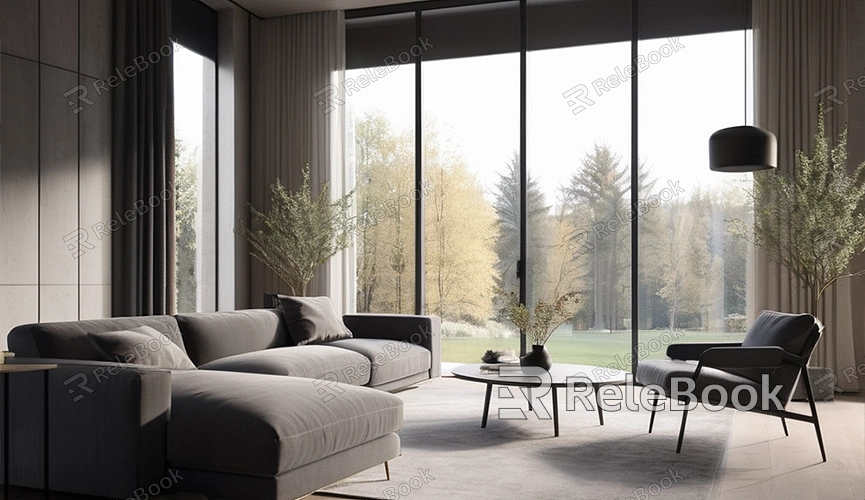How to Render Viewport in Blender
Blender is a powerful 3D modeling and animation software, and its viewport rendering feature allows you to preview and test scene effects in real-time. This article will introduce how to render viewport in Blender, helping you work more efficiently during the creative process.
What is Viewport Rendering?
Viewport rendering refers to the real-time preview of scene rendering effects in Blender's viewport without the need for a full rendering process. This not only saves time but also allows you to adjust lighting, materials, and composition better during the work process.

Why Use Viewport Rendering?
1. Real-time Preview: Viewport rendering enables you to see the effects of adjustments immediately, avoiding time wasted on repeated renders.
2. Quick Feedback: When creating complex scenes or animations, viewport rendering provides instant feedback, helping you quickly identify and correct issues.
3. Efficient Workflow: Viewport rendering significantly improves workflow efficiency, making the creative process smoother.
How to Render Viewport in Blender?
Preparation
First, make sure you have Blender installed and have a basic understanding of its operations. If you haven't installed Blender yet, you can download it from the [official website](https://www.blender.org/download/).
Open Blender and Set Up Scene
1. Launch Blender:
Open Blender and create a new project.
2. Add Objects:
Add the objects you want to render in the scene, such as a cube or other models (Shift + A -> Mesh -> Cube).
3. Add Lights and Camera:
For better rendering results, add light sources and a camera. You can choose from point lights, sunlights, or spotlights (Shift + A -> Light -> Point/Sun/Spot).
Set Rendering Engine
1. Choose Rendering Engine:
In the right-side properties panel, click on the "Render Properties" icon. Select the rendering engine as "Cycles" or "Eevee".
Enable Viewport Rendering
1. Switch to Viewport Rendering Mode:
In the top right corner of the viewport, find the render mode switch button. Click on "Viewport Shading" button, which looks like a sphere.
2. Adjust Viewport Rendering Settings:
In the render properties panel, you can adjust the sampling number and performance settings for viewport rendering to achieve faster or higher-quality preview effects.
Optimize Viewport Rendering Performance
1. Reduce Sampling Number:
In the "Render Properties" panel, reduce the sampling number for viewport rendering. This will decrease computational load and improve rendering speed.
2. Enable Denoising:
If you are using the Cycles rendering engine, you can enable denoising in the "Render Properties" panel to reduce noise and improve image quality.
3. Adjust Viewport Resolution:
Lowering the viewport resolution in the "Display Settings" in the top right corner of the viewport can significantly improve rendering speed.
Save Viewport Rendering Results
1. Take a Screenshot:
If you only need to save the current viewport rendering result, you can take a screenshot directly (shortcut: Ctrl + F3).
2. Render Image:
If you want to save the viewport rendering result in higher quality, you can use the "Render Image" function (shortcut: F12) in viewport rendering mode, then select "Save" from the "Image" menu.
Common Issues and Solutions
1. Slow Viewport Rendering Speed:
Check your computer's hardware configuration, especially the graphics card performance. Try reducing the sampling number or resolution in the viewport.
2. Poor Viewport Rendering Quality:
Increase the sampling number or enable denoising. Ensure that lighting and material settings are correct.
3. Viewport Rendering Does Not Display Shadows or Reflections:
Confirm that you have selected the correct rendering engine, and that light source and material settings have shadows and reflections enabled.
Viewport rendering is a highly useful feature in Blender that can greatly improve your workflow efficiency. By following these steps, you can easily enable and optimize viewport rendering in Blender to preview and adjust scene effects in real-time. If you need high-quality 3D textures, HDRI, or 3D model downloads while creating models and virtual scenes, you can download them directly from Relebook and import textures and 3D models into your project for use.

